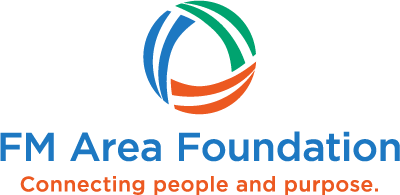Whether you are an estate planning attorney, financial advisor, or accountant, you’ve probably seen an uptick in client questions about tax deductions–and tax rules in general–over the last few years. Tax law changes at the end of 2017 have caused much ongoing taxpayer confusion.
To be sure, your clients will be asking about charitable tax deductions as the year-end rolls around. As an advisor, you’re already working with clients on financial and tax planning all year, but fall is when many clients need to catch up. Whether it’s the change in the weather or the imminent end of the calendar or tax year, autumn is a time to reassess things like tax loss harvesting and charitable giving. These are just two of many types of transactions that result in deductions when tax returns are filed in the spring.
Charitable giving may be exceptionally high on the planning radar right now because of the many national fundraising initiatives that kick into gear this time of year. You (and your clients) have probably noticed that many different types of causes are celebrated each and every month. In health-related charities alone, October is National ADHD Awareness Month, National Down Syndrome Awareness Month, Pregnancy and Infant Loss Awareness Month, Spina Bifida Awareness Month, National Physical Therapy Month, and likely many more.
Ensure your clients know that there are specific tax deductibility parameters before responding to requests from organizations and even their friends and family members who support these organizations. Your clients are relying on you as an advisor to stay on top of the rules, including:
- Section 501(c) of the Internal Revenue Code lays out the requirements for organizations to be considered tax-exempt–a status for which an organization must seek IRS approval.
- Tax exemptions apply to certain types of nonprofit organizations. Still, status as a nonprofit (which is a state law construct) does not necessarily mean that the organization will be exempt from Federal income taxes.
- Furthermore, even under Section 501(c), the IRS recognizes different types of nonprofits as tax-exempt.
- To qualify under the Internal Revenue Code Section 170 charitable deduction for gifts to Section 501(c)(3) organizations, for example, the recipient must be organized and operated exclusively for “charitable, religious, educational, scientific, literary, testing for public safety, fostering national or international amateur sports competition, and the prevention of cruelty to children or animals.” “Charitable,” according to the IRS, has a very narrow definition.
- No doubt, many of your clients not only support 501(c)(3) charities but also social welfare groups organized under Section 501(c)(4). Examples of social welfare groups include neighborhood associations, veterans’ organizations, volunteer fire departments, and other civic groups whose net earnings are used to promote the common good. Donations to social welfare groups are tax deductible only in certain cases (g., gifts to volunteer fire departments and veterans’ organizations).
- Chambers of commerce and other business leagues fall under Section 501(c)(6); donations to these entities are not tax deductible.
If you have any questions about the tax deductibility of your clients’ contributions to various organizations, please get in touch with the FM Area Foundation team. We are immersed in the world of Section 501(c) every single day and are happy to help you navigate the rules.





